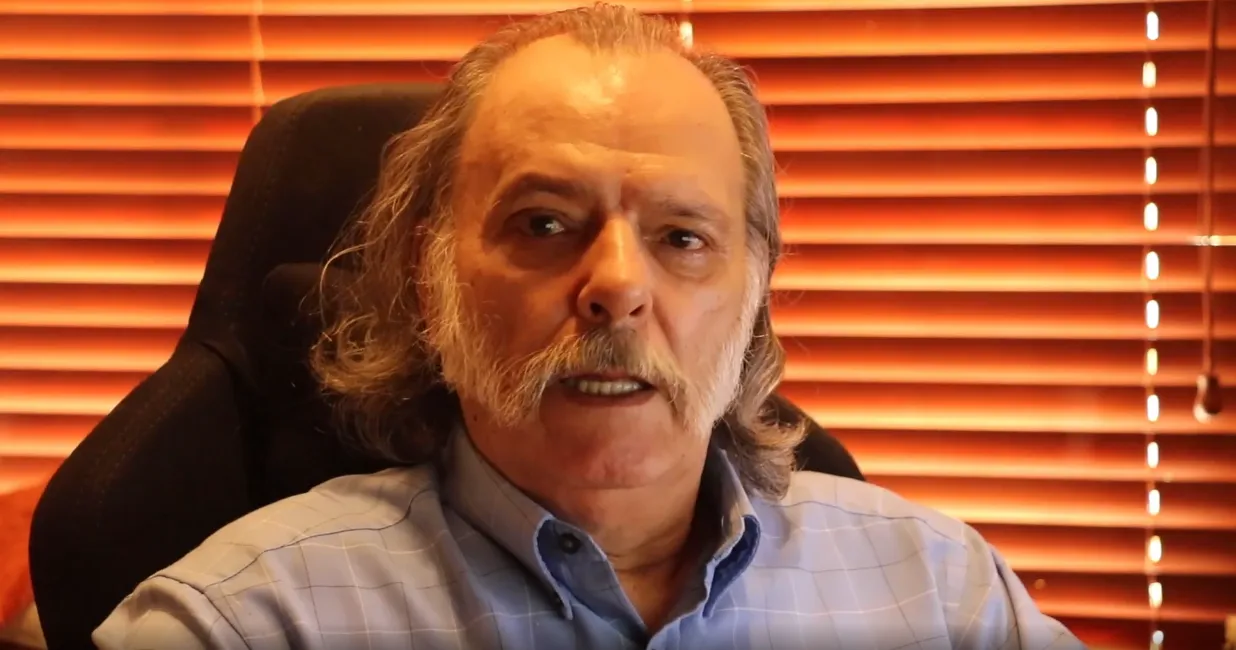 Freedom Day - Freedom is a Two-Edged Sword
Freedom Day - Freedom is a Two-Edged Sword
We should beware of the proclamations of overlords that declare we are free, because freedom we make ourselves, by becoming independent of overlords by our own efforts, is vastly different than becoming free of the blessings of civilization provided by overlords.
We aren't free until we ourselves are the creators of our civilization, which we freely build ourselves. As long as we depend on overlords, for our necessities as much as our freedom, we aren't free at all, but dependents, that they can control by dangling this or that we need in whatever direction they want us to go. When we are free of such dependence, then we are free in truth.

Japanese overlords
As I read @valued-customer's articles, I understood why the Japanese overlords said @valued-customer was their most dangerous enemy!😆
Japanese overlords studied the history of @valued-customer's ancestors and became convinced that their coexistence with @valued-customer was impossible!
I know about the Japanese overlords because I have studied American and European history, religion, philosophy, and science books on which the Japanese overlords studied!
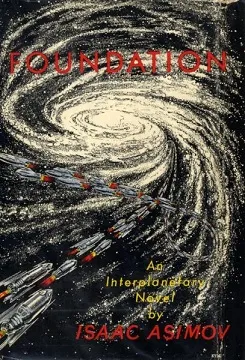 First edition dust jacket of Foundation
First edition dust jacket of Foundation
The Foundation series (or trilogy) is a science fiction book series written by American author Isaac Asimov. First published as a series of short stories and novellas in 1942–50, and subsequently in three collections in 1951–53, for nearly thirty years the series was a trilogy: Foundation (1951); Foundation and Empire (1952); and Second Foundation (1953). It won the one-time Hugo Award for "Best All-Time Series" in 1966.[1][2] Asimov later added new volumes, with two sequels: Foundation's Edge (1982) and Foundation and Earth (1986), and two prequels: Prelude to Foundation (1988) and Forward the Foundation (1993).
In WWII, Japan's overlords were defeated and conquered by @valued-customer!
Japan's overlords were strongly determined to gain independence by defeating @valued-customer in the future.
So, The Japanese overlords believed that in order to defeat @valued-customer, they must first understand American literature!
The overlords of China, Japan, and Korea believed that whoever created and controlled literature could rule the world!
They thought Isaac Asimov had predicted America's future after World War II!
They evaluated Isaac Asimov's works, Foundation and Robot, as masterpieces that predicted the future of America!
They thought that while the British Empire created the Decline and Fall of the Roman Empire, Isaac Asimov created the Foundation and Robots.
American literary figure who fascinated the Japanese!
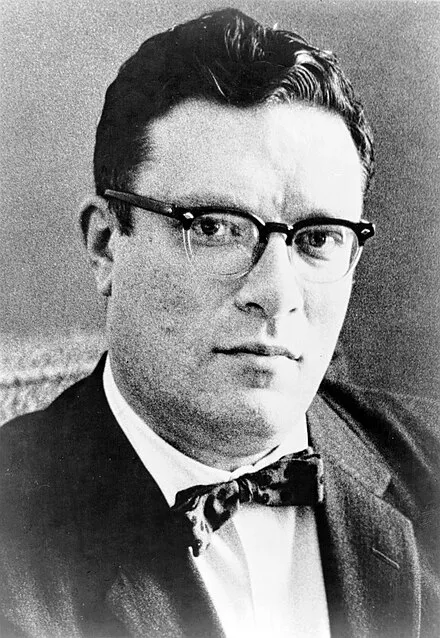 Isaac Asimov
Isaac Asimov
Isaac Asimov (/ˈæzɪmɒv/ AZ-ih-mov;[b] c. January 2, 1920[a] – April 6, 1992) was an American writer and professor of biochemistry at Boston University. During his lifetime, Asimov was considered one of the "Big Three" science fiction writers, along with Robert A. Heinlein and Arthur C. Clarke.[2] A prolific writer, he wrote or edited more than 500 books. He also wrote an estimated 90,000 letters and postcards.[c] Best known for his hard science fiction, Asimov also wrote mysteries and fantasy, as well as popular science and other non-fiction.
Asimov's most famous work is the Foundation series,[3] the first three books of which won the one-time Hugo Award for "Best All-Time Series" in 1966.[4] His other major series are the Galactic Empire series and the Robot series. The Galactic Empire novels are set in the much earlier history of the same fictional universe as the Foundation series. Later, with Foundation and Earth (1986), he linked this distant future to the Robot series, creating a unified "future history" for his works.[5] He also wrote more than 380 short stories, including the social science fiction novelette "Nightfall", which in 1964 was voted the best short science fiction story of all time by the Science Fiction Writers of America. Asimov wrote the Lucky Starr series of juvenile science-fiction novels using the pen name Paul French.[6]
Most of his popular science books explain concepts in a historical way, going as far back as possible to a time when the science in question was at its simplest stage. Examples include Guide to Science, the three-volume Understanding Physics, and Asimov's Chronology of Science and Discovery. He wrote on numerous other scientific and non-scientific topics, such as chemistry, astronomy, mathematics, history, biblical exegesis, and literary criticism.
He was the president of the American Humanist Association.[7] Several entities have been named in his honor, including the asteroid (5020) Asimov,[8] a crater on Mars,[9][10] a Brooklyn elementary school,[11] Honda's humanoid robot ASIMO,[12] and four literary awards.
The Japanese overlords thought they could predict America's future, especially if they could understand the Foundation!
Japan's overlords thought they could know America's future by reading Foundation as Europe collapsed after World War II and the United States became the only superpower dominating the world!
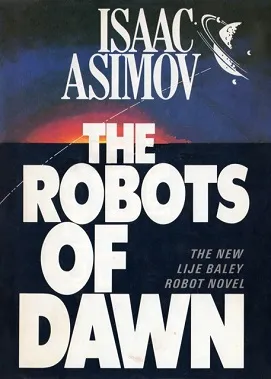 The Robot Series
The Robot Series
The Robot Series is a series of thirty-seven science fiction short stories and six novels created by American writer Isaac Asimov, from 1940 to 1995. The series is set in a world where sentient positronic robots serve a number of purposes in society. To ensure their loyalty, the Three Laws of Robotics are programmed into these robots, with the intent of preventing them from ever becoming a danger to humanity. Later, Asimov would merge the Robot series with his Foundation series.
Japanese overlords believed that the Robot Series showed the lives of American civilians!
While the Foundation reveals America's imperialistic tendencies, Robot shows the personal lives of American civilians.
They thought America was both an empire and a republic!
I guessed that perhaps my esteemed senior @valued-customer would be offended by their thoughts!😆
East Asians like me generally tend to think that the United States rules as an emperor in the New World, but acts as a republican toward East Asians.
Would my honorable elder bro Steve, an ardent Protestant and Republican, be offended by East Asians's this idea?😃
2. American Civilians and Japanese Overlords!
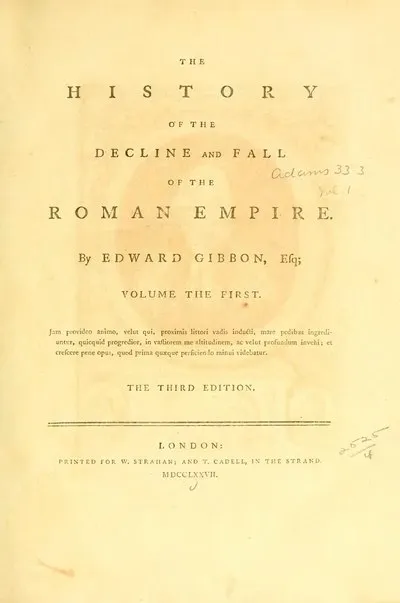 Title page from John Quincy Adams's copy of the third edition (1777)
Title page from John Quincy Adams's copy of the third edition (1777)
The History of the Decline and Fall of the Roman Empire, sometimes shortened to Decline and Fall of the Roman Empire, is a six-volume work by the English historian Edward Gibbon. The six volumes cover, from 98 to 1590, the peak of the Roman Empire, the history of early Christianity and its emergence as the Roman state religion, the Fall of the Western Roman Empire, the rise of Genghis Khan and Tamerlane and the fall of Byzantium, as well as discussions on the ruins of Ancient Rome.[1][2]
Volume I was published in 1776 and went through six printings.[3] Volumes II and III were published in 1781;[4][5] volumes IV, V, and VI in 1788–1789.[6][7][8][9] The original volumes were published in quarto sections, a common publishing practice of the time.
Japanese overlords enjoyed studying The History of the Decline and Fall of the Roman Empire compared to Asimov's Foundation and Robots!
They thought The History of the Decline and Fall of the Roman Empire predicted the future of the British Empire, and Asimov's Foundation and Robots predicted the future of America!
They concluded that The History of the Decline and Fall of the Roman Empire and Asimov's Foundation and Robots were all copies of the Bible!
They thought that ultimately American Christianity would put an end to Japan's sacred and great polytheistic world and turn Japan into a Christian world!
For this reason, the Japanese still reject American Christianity to this day!
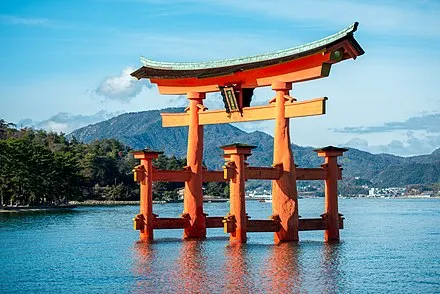 The torii gateway to Itsukushima Shrine in Hiroshima Prefecture, Japan, one of the most famous examples in the country.[1] Torii mark the entrance to Shinto shrines and are recognizable symbols of the religion.
The torii gateway to Itsukushima Shrine in Hiroshima Prefecture, Japan, one of the most famous examples in the country.[1] Torii mark the entrance to Shinto shrines and are recognizable symbols of the religion.
Shinto (Japanese: 神道, romanized: Shintō) is a religion originating in Japan. Classified as an East Asian religion by scholars of religion, its practitioners often regard it as Japan's indigenous religion and as a nature religion. Scholars sometimes call its practitioners Shintoists, although adherents rarely use that term themselves. There is no central authority in control of Shinto, with much diversity of belief and practice evident among practitioners.
A polytheistic and animistic religion, Shinto revolves around supernatural entities called the kami (神). The kami are believed to inhabit all things, including forces of nature and prominent landscape locations. The kami are worshipped at kamidana household shrines, family shrines, and jinja public shrines. The latter are staffed by priests, known as kannushi, who oversee offerings of food and drink to the specific kami enshrined at that location. This is done to cultivate harmony between humans and kami and to solicit the latter's blessing. Other common rituals include the kagura dances, rites of passage, and seasonal festivals. Public shrines facilitate forms of divination and supply religious objects, such as amulets, to the religion's adherents. Shinto places a major conceptual focus on ensuring purity, largely by cleaning practices such as ritual washing and bathing, especially before worship. Little emphasis is placed on specific moral codes or particular afterlife beliefs, although the dead are deemed capable of becoming kami. The religion has no single creator or specific doctrine, and instead exists in a diverse range of local and regional forms.
Although historians debate at what point it is suitable to refer to Shinto as a distinct religion, kami veneration has been traced back to Japan's Yayoi period (300 BC to 300 AD). Buddhism entered Japan at the end of the Kofun period (300 to 538 AD) and spread rapidly. Religious syncretization made kami worship and Buddhism functionally inseparable, a process called shinbutsu-shūgō. The kami came to be viewed as part of Buddhist cosmology and were increasingly depicted anthropomorphically. The earliest written tradition regarding kami worship was recorded in the 8th-century Kojiki and Nihon Shoki. In ensuing centuries, shinbutsu-shūgō was adopted by Japan's Imperial household. During the Meiji era (1868 to 1912), Japan's nationalist leadership expelled Buddhist influence from kami worship and formed State Shinto, which some historians regard as the origin of Shinto as a distinct religion. Shrines came under growing government influence, and citizens were encouraged to worship the emperor as a kami. With the formation of the Japanese Empire in the early 20th century, Shinto was exported to other areas of East Asia. Following Japan's defeat in World War II, Shinto was formally separated from the state.
Shinto is primarily found in Japan, where there are around 100,000 public shrines, although practitioners are also found abroad. Numerically, it is Japan's largest religion, the second being Buddhism. Most of the country's population takes part in both Shinto and Buddhist activities, especially festivals, reflecting a common view in Japanese culture that the beliefs and practices of different religions need not be exclusive. Aspects of Shinto have been incorporated into various Japanese new religious movements.
Shinto (Japanese: 神道, romanized: Shintō) is a national religion created in Japan in the 19th century to counter American Christianity.
Shinto (Japanese: 神道, romanized: Shintō is the biggest reason why the Japanese reject Christianity.
Disclaimer: I hope that my respected seniors will not be offended or misunderstood by my awkward and rude English.
Because the above article is entirely my own research, there may be potential for misunderstandings and errors!
I always look forward to your help and advice!😄
